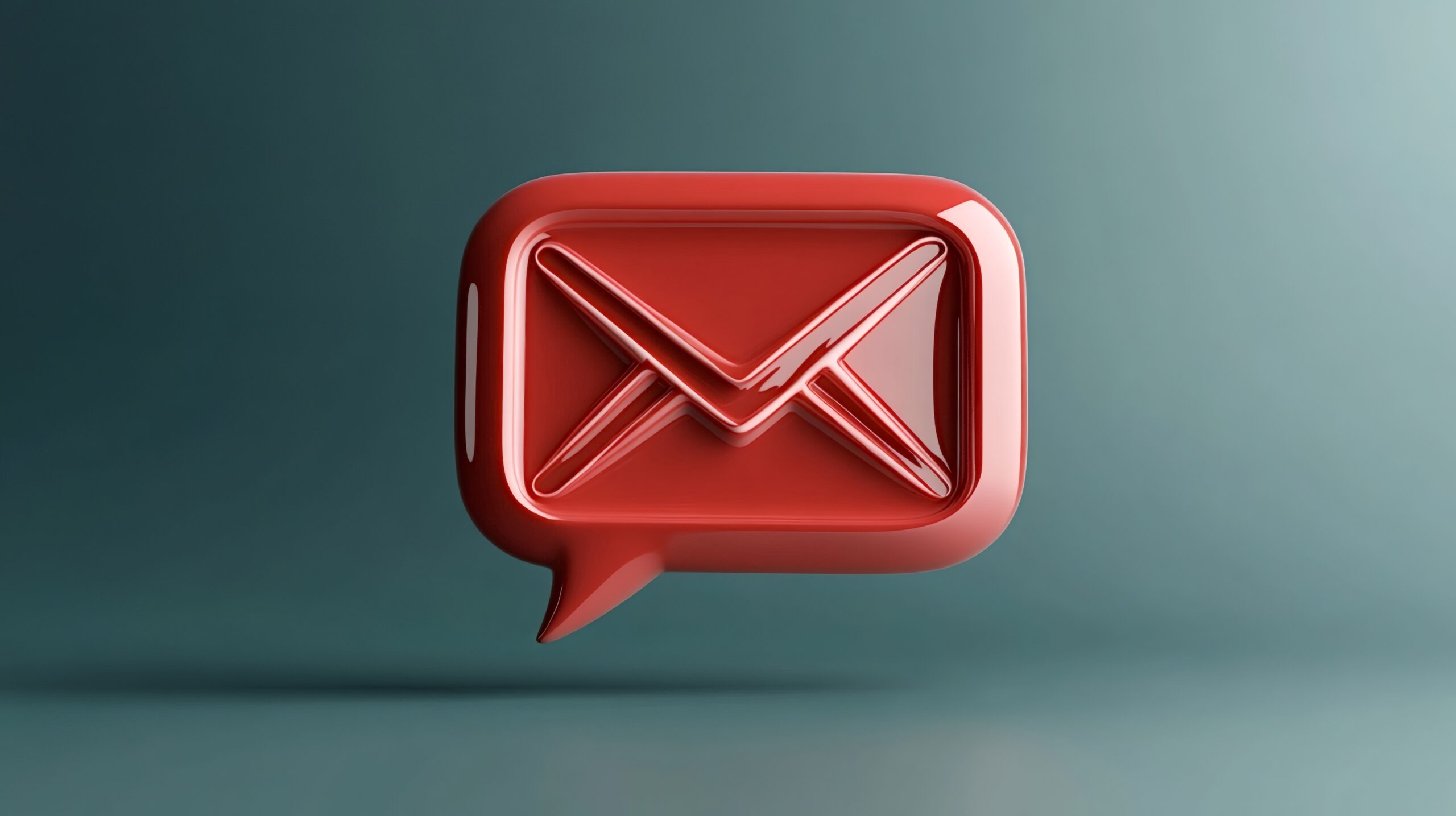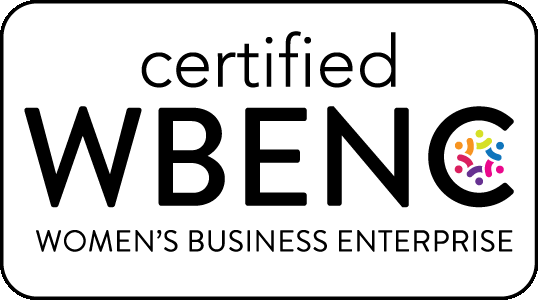The latest from our blog
Explore insights, how-to tips, trends, and best practices from our team of internal communications experts. All our blog posts are original content written by our writers, consultants, and interns.
-

Vacation spots we know and love
At OKG, we appreciate the value of recharging, resetting and making room for quality “us” time. It’s a foundational part of our business culture and ethos. Whether relaxing on a sun-soaked beach, exploring a vibrant city, or escaping on a quiet mountain hike, our team has some favorite spots that […]
-

One time. Each year. Make your annual enrollment communications count.
Is June too early to plan for annual enrollment? Not at all You only get one chance each year to tell your whole benefits story. Annual enrollment isn’t just about health and wellness benefits. Use this opportunity to champion the entire benefits program – including retirement, well-being, and voluntary programs. […]
-

5 Ways to Guarantee Your Email Doesn’t Get Read
Texting, Slacking and Chat are great for speedy messaging, but email is still one of the most powerful tools we have. It’s also one of the easiest ways to get ignored. In fact, a recent poll found that 60.8% of employees ignore emails at work. Want to make sure your […]
-

Beyond Content Creation: 10 More Ways Communicators Can Succeed with AI (Part 2)
In Part 1 of this series, we provided five ways communicators can tap into the power of AI to refine and personalize information for their audiences. In Part 2, we share five ways AI can help communicators inform, analyze, and optimize the way they do their jobs. 6. Measuring and […]
-

Beyond Content Creation: 10 More Ways Communicators Can Succeed with AI (Part 1)
When most communicators consider using artificial intelligence, they’re almost always thinking, “All I need is a decent first draft.” Using chatbots like ChatGPT, Gemini, CoPilot, Claude, or others can certainly help overcome the dreaded “blank page,” but did you know there are other ways AI can help create more efficient, […]
-

Uncertainty is all around us. Let communication refocus the conversation.
Uncertainty. It’s sending shock waves through organizations and creating stress for employees and their families. Employees wonder: How will changes in government agencies and tariffs affect my company? My wallet? What about my job? College savings for my kids? Can I afford to retire? No one can predict the future, […]
-

Short Videos: Your Secret Weapon for Effective Communication
TikTok. Instagram and Facebook Reels. YouTube Shorts. These popular short-form video platforms make it easy to inform, entertain, educate, and inspire audiences whose attention spans keep getting shorter. But it’s not just teenagers watching trendy dance routines. Your company’s employees, too, are part of the video-as-information age, making-short-form video an […]
-

Is there ever a good time to think about SPDs?
Once a company’s annual benefits enrollment period ends, Benefits and HR professionals (and sometimes their Employee Communication counterparts) often find themselves reviewing and updating their summary plan descriptions – a sometimes unwelcome and tedious task. For those who need a quick definition: A summary plan description (SPD for short) is […]
-

2025 Benefit Trends – Part 2 Supporting Employees Through Change
Change can feel unrelenting these days, and companies are looking for ways to help employees navigate it. In part two of our benefits trends series, we explore two kinds of change—one societal and one personal—that could impact your workforce, along with the benefits emerging to address them. And, of course, […]
-

Our Valentine to You: Books We Love
Valentine’s Day brings to mind stories of love . . . and stories we love. It should come as no surprise that the O’Keefe Group’s communication experts love books. We love to read about subjects from food to theatre, from music to history, and more – both fiction and non-fiction. […]


